Evyn Kropf
Posts tagged with exhibits in Blog Beyond the Reading Room
Showing 31 - 40 of 94 items
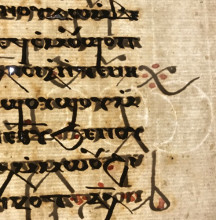
Join us on Tuesday, 12 February for our next After Hours open house event! This month we'll explore the materiality of books and manuscripts. Come "read" these objects with us from 4-7 on the 6th floor of Hatcher!

The Special Collections Research Center is pleased to announce a new exhibit celebrating the 60th anniversary of the Universal Declaration of Human Rights. Visit the Special Collections Exhibit Gallery in our 6th floor space (660J Hatcher South) to see the exhibit, Universal Declaration of Human Rights: Linocuts by Meredith Stern, on view now through February 1, 2019.
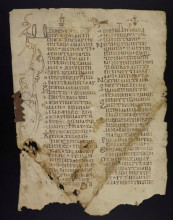
Join the Special Collections Research Center on Monday 12th November at 4.30 in the Hatcher Graduate Library Gallery for the opening of the exhibit "Written Culture of Christian Egypt: Coptic Manuscripts from the University of Michigan Collection" guest curated by Dr. Frank Feder and Dr. Alin Suciu from the Göttingen Academy of Sciences and Humanities
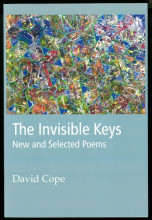
The Special Collections Research Center is pleased to announce a new exhibit celebrating the work of Michigan poet David Cope. Drawing on drafts, proofs, and other documents from Cope's archive, this exhibit offers a glimpse into his poetic and editorial process. The exhibit will remain on view through November 30, 2018 in our gallery space on the 6th floor of Hatcher Graduate Library (South), adjacent to the Reading Room.
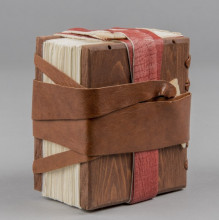
Visit us on the sixth floor of the Hatcher Library to see this exciting exhibit! It consists of a selection of historical bookbinding models from the personal collection of conservator and scholar, Julia Miller. In 2015 and 2016, Julia bequeathed her extensive model collection to the Special Collections Research Center. Now named as The Julia Miller Collection of Bookbinding Models, it includes binding replicas of ancient and medieval manuscripts in various materials and formats, including a variety of Graeco-Roman tablet models, Coptic codices from the 3rd to the 10th century AD, and medieval European, Near Eastern, and Islamic binding models from the 12th to the 17th century.
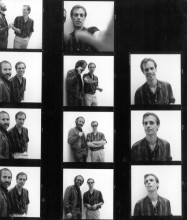
A new exhibit drawing on materials from the Alan and Joyce Rudolph Papers is now on view in the Hatcher Graduate Library Gallery (Room 100).
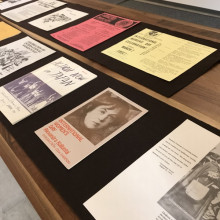
During the winter term we held five pop-up special collections meet and greets with our rare materials in Weiser Hall. Here's a sampling!
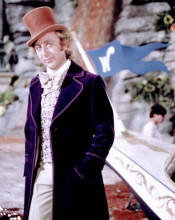
The Special Collections Research Center is pleased to announce a new exhibit, Quaker Oats Makes a Movie: A Scrumdiddlyumptious Wonka Adventure. This exhibit, curated by students in Matthew Solomon's SAC 335 class, explores the production of the film Willy Wonka & The Chocolate Factory, and Quaker Oats's unexpected involvement in the film industry.
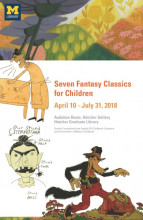
The Special Collections Research Center is pleased to announce the opening of Seven Fantasy Classics for Children, a new exhibit in the Audubon Room, curated by Lisa Makman's English 313 course, Children's Literature and the Invention of Modern Childhood. Join us for an informal opening today on Tuesday, April 10th, 1:00-2:30pm in the Hatcher Gallery. Light refreshments will be served.
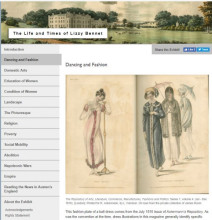
The Special Collections Research Center is pleased to announce a new online exhibit: The Life and Times of Lizzy Bennet. This exhibit features a selection of materials from the physical exhibit commemorating the 200th anniversary of Jane Austen's death, which was on display in the Audubon Room of Hatcher Graduate Library, November 20, 2017 - March 30, 2018.